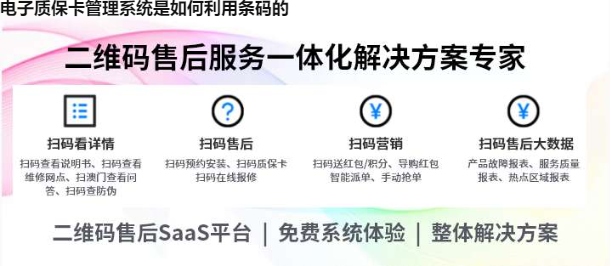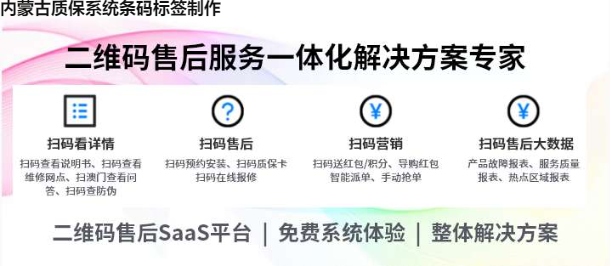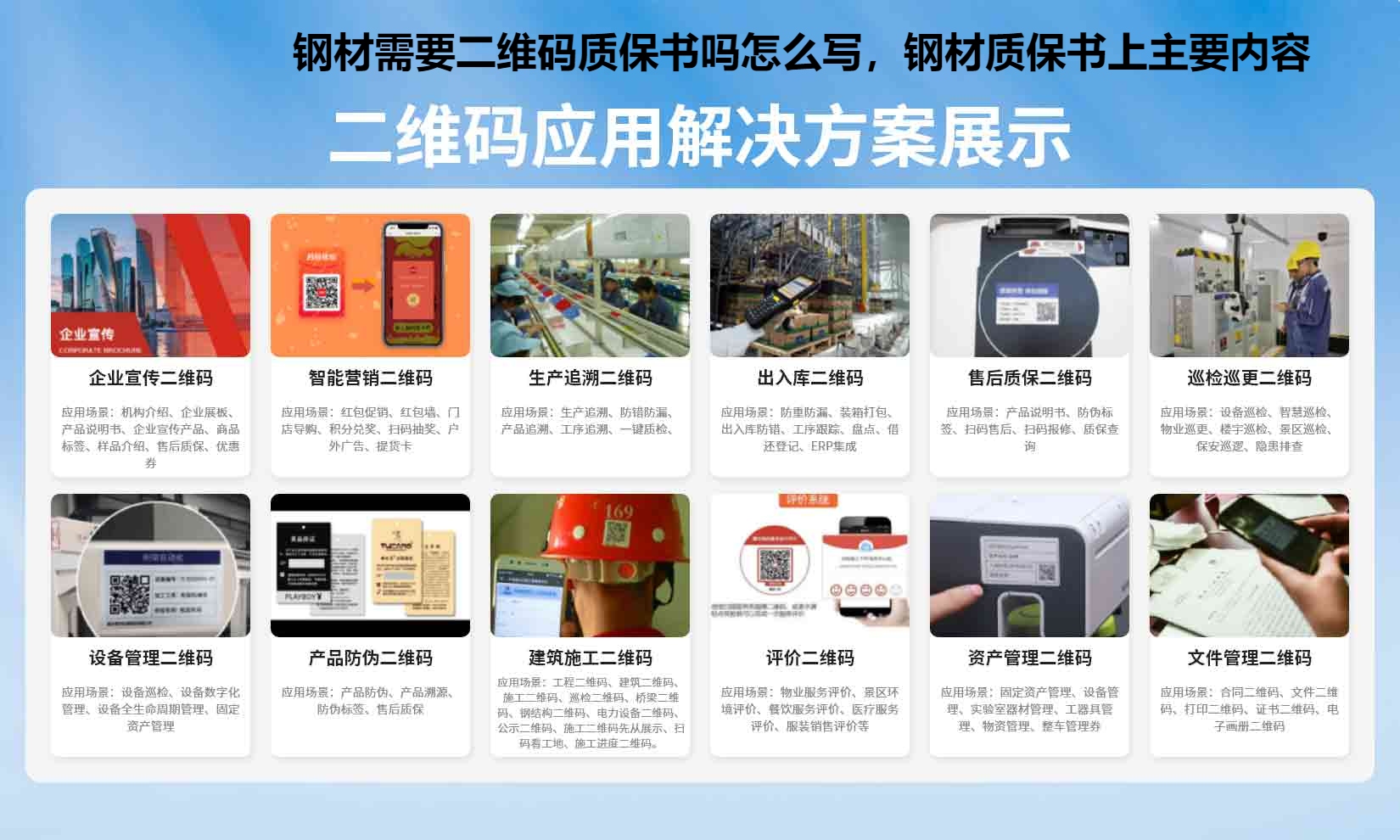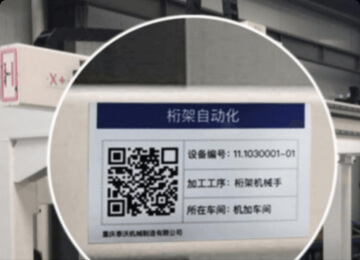Introduction
Implementing an after-sales warranty system is a crucial step for companies looking to improve customer satisfaction and optimize their warranty management processes. This article will outline the key steps involved in the implementation process, providing a comprehensive overview for businesses seeking to enhance their after-sales support.
1. Needs Assessment and Planning
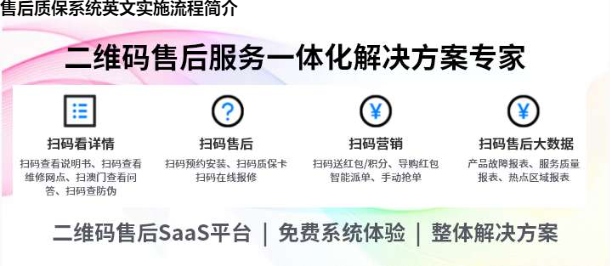
The first step in implementing an after-sales warranty system is conducting a needs assessment. This involves evaluating the current warranty management processes and identifying areas for improvement. Companies should consider factors such as customer feedback, warranty claim data, and industry best practices to determine the specific requirements of their after-sales warranty system.
Once the needs assessment is complete, it is essential to develop a comprehensive plan for the implementation process. This plan should include timelines, resource allocation, and a clear strategy for integrating the after-sales warranty system into existing business processes.
2. System Selection and Customization
After conducting a needs assessment and developing a plan, the next step is to select the most suitable after-sales warranty system for the company's needs. This involves evaluating different software solutions available in the market and assessing their features, functionality, and compatibility with existing systems. Companies should also consider factors such as scalability, user-friendliness, and technical support when making their selection.
Once the system is chosen, customization is often necessary to align the system with the company's specific requirements. This may involve configuring the system's workflows, templates, and reports to ensure seamless integration with existing warranty management processes.
3. Data Migration and Integration
Data migration is a critical step in the implementation process, as it involves transferring existing warranty data to the new system. This can be a complex task, as it requires mapping data fields, cleansing data, and ensuring data integrity throughout the migration process. It is essential to plan and execute data migration carefully to avoid any disruption to warranty management operations.
Integration with existing systems, such as customer relationship management (CRM) software or enterprise resource planning (ERP) systems, is also necessary to achieve a holistic view of customer data and support efficient warranty management processes. This integration allows for seamless information flow and reduces the need for manual data entry and reconciliation.
4. Training and Change Management
Proper training and change management are crucial for the successful implementation of an after-sales warranty system. It is essential to train employees on how to use the new system effectively, ensuring they understand its features and benefits. This can be achieved through training sessions, workshops, and user documentation.
Change management strategies should also be implemented to ensure smooth adoption of the new system. This may involve communicating the benefits of the after-sales warranty system to employees, addressing any resistance or concerns, and promoting a culture of continuous improvement and customer-centricity.
5. Testing and Evaluation
Before fully deploying the after-sales warranty system, thorough testing and evaluation should be conducted to identify and rectify any potential issues or bugs. This includes testing the system's functionality, workflows, and integration with existing systems to ensure optimal performance.
Throughout the testing phase, feedback from users should be collected and considered to refine and improve the system. This iterative approach allows for continuous system enhancement before the final deployment.
Implementing an after-sales warranty system requires careful planning, selection, customization, data migration, training, and evaluation. By following these key steps, businesses can streamline their warranty management processes, increase customer satisfaction, and optimize their after-sales support. An effective after-sales warranty system is an invaluable tool for companies looking to differentiate themselves in the market and build long-term customer loyalty.
